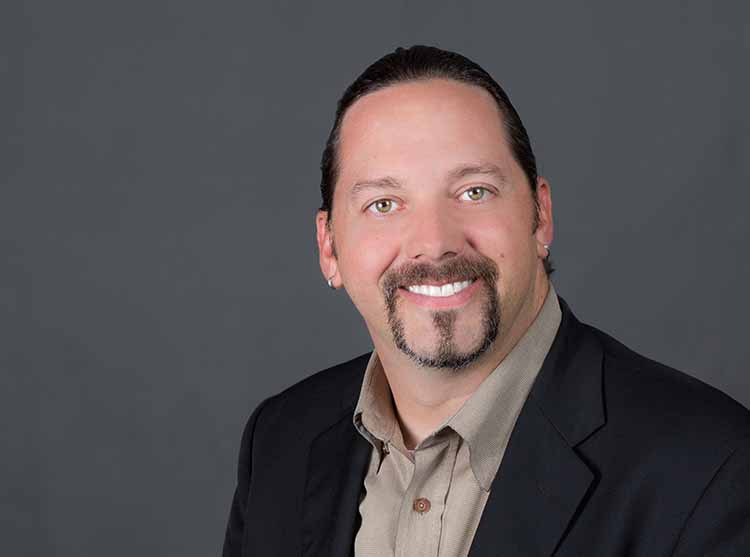
A leading consumer risk management company says many assumptions lenders have about millennials’ attitudes toward credit are off the mark.
Patrick Reemts is the Vice President of Credit Risk Solutions at ID Analytics. ID Analytics was formed in 2002 by a group of fraud experts who worked in the credit card industry, Mr. Reemts said. Many had worked at Falcon Fraud, a company that provided core analytic processing power to protect companies from transactional fraud. Falcon was sold to FICO, leaving some eager for a new challenge.
And they found it in a 100-plus-year-old system of credit bureaus designed to provide good information to loan providers based on past behavior.
And there’s the rub for millennials. Their typical maiden forays into the world of credit are usually not reported to credit agencies. These include bank accounts, cell phone plans, pay-TV and internet service. When it comes time for an auto loan, which is typically the next step, lenders want to see the credit footprint.
This has helped create the perception millennials are less interested in credit. It is further augmented by the negative experience many saw their parents have during the recession.
The problem is it is all bunk.
“The data told a different story,” Mr. Reemts said. “More millennials are applying for credit than other generations.”
Even though they represent roughly 20 percent of the census population, millennials make up 35 percent of those applying for bank cards, 46 percent of those applying at telcos, and 38 percent of marketplace lending applicants. Every one of those rates is the highest percentage, save for the 38 percent marketplace lending share, which is tied for highest with Generation X.
Following the recession, many banks became more conservative in their lending. New regulations were developed, including the CARD Act, which severely restricted millennials ability to obtain a credit card. They began being denied at huge rates, Mr. Reemts said.
While the actual credit chain begins with phone and internet service, the one used by bureaus begins with credit cards before moving on to cars and then homes. Delay the entry of the soon-to-be biggest purchasing group, one sorely needed for a sound economy, and the problems rapidly spread.
Many millennials have fluctuating income levels due to term positions, self-employment or because they have started their own business, yet they go for credit and lenders want regular pat stubs and proof of stability in ways that are not as common as they used to be.
The increasing rate at which millennials are being rejected by traditional borrowers and many alternative lenders skill at identifying and utilizing unique data points seem like a perfect match, and Mr. Reemts said many P2Ps are indeed adopting creative solutions far quicker than traditional lenders.
As these innovative companies search for new data points, they are looking at areas that are speaking interesting debate in the alt-fi community, such as accessing a client’s social media footprint for clues about creditworthiness.
While Mr. Reemts acknowledged signals in data are everywhere, he said few if any of his clients are paying much attention to social media profiling, as they are waiting to see what government has to say about the issue.
“Most clients, as innovative as they are, are waiting to see where it falls out.”
Mr. Reemts said many interesting developments are taking place in Latin America and Africa, where there often holes in normal data. There is little credit reporting in many parts of those regions, and if they are lucky, people have one bank.
Many people in those areas opt into letting lenders use their cell phone and wireless data because that is one of the few avenues they have to establish credit. They have few qualms about letting others see that data.
That makes for an interesting comparison to millennials, who have grown up under the assumption their online behavior is being watched.
“Millennials are more likely to give you whatever you need if it gets them a better deal,” Mr. Reemts said. “They are not as privacy-centric as other generations.”
Mr. Reemts admits we are currently in a safe economic period, and that the tide will eventually go back out. How many millennials will be wearing swimsuits when it does?
“A big fear is what will happen when millennials become a bigger part of the consumer base,” Mr. Reemts said when discussing loan delinquency patterns and repayment behavior between generations.
“They were actually seen to perform better than other generational cohorts.”








